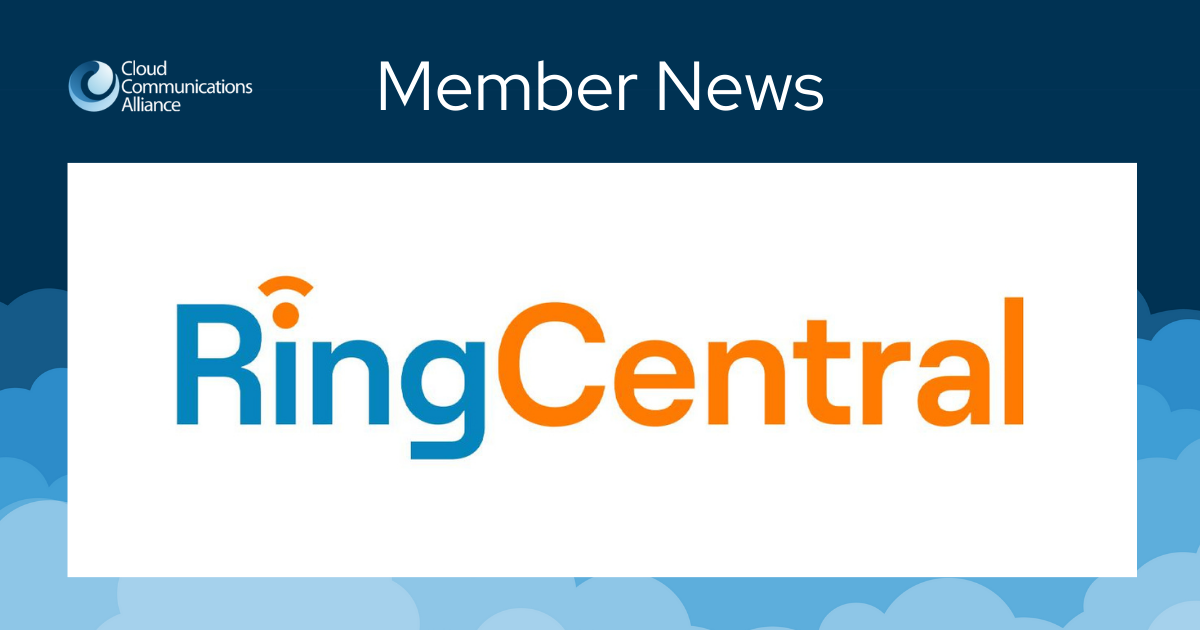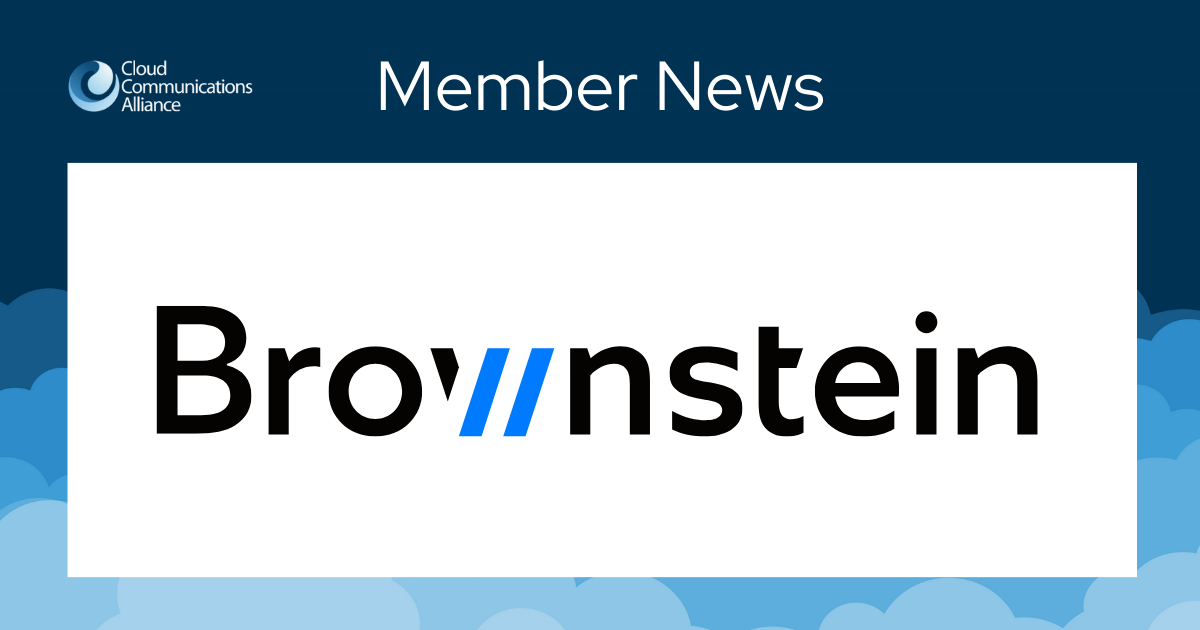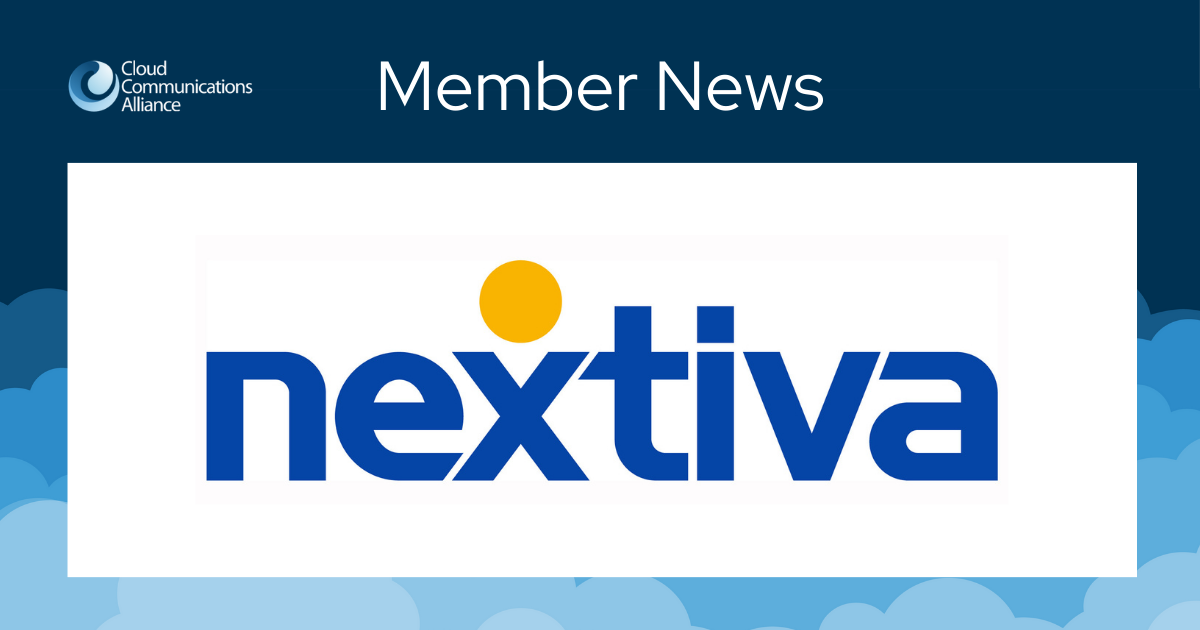Tech Trends Growing Like Wild Fiber: Hottest Trends from Telecom’s Best

October 25, 2017 | Business Technology Partners
When companies hear the word “telecom”, Verizon is the name that comes to mind. What many don’t realize, though, is that for a medium-sized company the industry is offering so much more. We interviewed Joe Gillette, Founder and President of Stage 2 Networks, for the scoop on the hottest industry trends, cloud vs. on premise, and how middle market companies can achieve higher quality of service.
BTP: Joe, what are you seeing as the latest trends in how mid market companies are embracing unified communications?
Gillette: Companies are increasingly looking for unified communications offerings and it has really changed the game. Our Software as a Service Solutions are not just about voice service anymore -- it’s about employee productivity and workforce collaboration with features such as presence, IM, video meeting rooms and collaborative work on documents.
What is fascinating about it, though, is that when Unified Communications is done well it integrates all of these things with the voice offering so that employees can use it so effortlessly. Ease of use translates into adoption and we are talking about saving precious time in every employee interaction, countless times throughout the day. For a medium-sized company with 100-500 employees, that begins adding up and it makes a world of difference on the bottom line.
BTP: And so what are you seeing in cloud vs. on-premise solutions?
Gillette: Today, people are working 24/7 [x-apple-data-detectors://1]. I can be on vacation and I’m still working, perhaps only an hour or two a day but if it’s easy to connect and be productive then the tools are actually facilitating freedom from the office. Way back when, it wasn’t like that. Everyone was in the office at 8 am [x-apple-data-detectors://2] and by 6 pm [x-apple-data-detectors://3] everyone was out of there. Now, some people are still office routine kind of people - I am one of those guys but we have employees and our customers have employees who may work remote 5 days a week, or maybe they come into the office 2-3 days a week. Work is a state of mind rather than a physical location and it’s nice that there are now tools available to permit that kind of flexibility.
My point is that the world has changed which requires different tools for businesses, solutions that are conducive to the way the world works today. It took us a while but the tools from the cloud-based providers have clearly surpassed the prem-based solutions. This is causing a wave of migrations to cloud-based providers.
BTP: Has this “wave” caught on with the large scale enterprises yet, or just the middle market?
Gillette: A lot of large scale enterprises have elements of the cloud, but it’s in disparate systems. They have millions invested in these technology solutions. What our industry is offering is a way to stop investing in these systems and just go with a cloud based approach that is more unified.
The middle market, on the other hand, is moving the way of the cloud. The cloud-based tools have surpassed the premise-based tools. These companies are benefitting from the ease, use, and flexibility of integrating a workforce that may be working from home or all over the country or over the world.
The enterprise market is doing things with the Googles and Microsofts of the world. If you’re in the Fortune 500 you’re generally the last guy to embrace the new wave of technology. It doesn’t mean you’re not cutting edge, but the old way of doing things worked. It got you into the Fortune 500.
The high growth companies are typically the first adopters. They tend to be forward-thinking and tech oriented. Cloud is the less capital intensive solution which saves them some dollars as well.
BTP: What is the concept most surprising to IT people when it comes to the cloud?
Gillette: The IT folks are always asking me about the different ways to use the public switch telephone network and the public internet. There are standards that all the carriers have to adhere to in order for it to work well. It has taken them time to upgrade to new switches and standards. It’s also taken time for end user broadband customers to deal with the massive increase, with the massive broadband consumption that is happening in the business.
IT people are always proponents of their clients buying a faster connection. But the business owner doesn’t necessarily see it that way. They forget that a lot of their CRM apps, their back office apps -- in many cases even accounting, finance -- everything is moving to the cloud to file sharing or Dropbox. All the mission critical stuff is going there, and because of that you need a lot more internet bandwidth that you needed yesterday and you need back-up.
The IT people get that you need more bandwidth, but what they commonly overlook is the vast difference between voice and other applications. Voice is way more sensitive to jitter, packet loss, and delays whereas data doesn’t care.
The header tells the router the ultimate destination for the data stream. The routers break it up and then reassemble it on the distant end. That is how a file transfer goes across the public internet. When you do that to voice, however, you lose syllables, you may sound like you are underwater or you may drop a call.
The public internet is a best efforts technology. Public internet was not really built to carry voice. We have that conversation with IT people all the time, and they’re always surprised to hear that there are way of guaranteeing better service.
Stage 2 Networks, for example, is an ISP. We can sell a broadband solution that allows us to guarantee the quality of voice service in that location. Without a solid internet connection, companies won’t enjoy a good quality on their voice.
We’re not a pure play VoIP company promoting “over the top” services which makes our business quite unique in this market. Our ability to ensure better voice and internet service has created unbelievable client loyalty. We’re not in the business of crossing our fingers. We’re in the business of making deployments go smoothly, guaranteeing quality, and delivering a stellar customer experience.
BTP: What is the most exciting thing you’ve got going on currently at Stage 2?
Gillette: Fixed wireless - it’s growing like wildfire. We’re very excited about some testing on multi-GB connections that we’ve been doing and the impact it is going to have on the marketplace.
The best way to explain this is if you could conceptualize two radios on two rooftops that have line of sight to each other, then you cable from that rooftop down to the client. It’s a great alternative to fiber. You see, fiber is quite expensive in terms of material and labor with trenching, etc. and it takes a long time to install. Whereas with fixed wireless, as long as you have a landlord who cooperates with radio, instead of something taking 6 months to install it takes 6 days. We can do 10 gigabits or 20 gigabits through the air.
For speed, it used to be fiber. The alternative was copper or coax and speeds max out at 100 MB with copper-based Solutions which are going away since no one wants to maintain the copper infrastructure. In our testing, even with a torrential downpour the network held up with our high speed radios. This is a groundbreaking innovation and we’re very eager to bring it to market.
BTP: What do you think of this news that Cisco is acquiring Broadsoft? What does this say about the state of the market?
Gillette: My first reaction is “Congrats to our brethren at Broadsoft!”Seriously, they were founded in 1998 when no one was purchasing voice over IP services in the business or residential market and 20 years later they are selling the company for $1.9B in cash and most of the employees are going to work for the Cisco Unified Communications division so that’s a great outcome.
When I pause to consider what this says about the state of the market, I would say it’s validation of everything we’ve discussed. When one of the most valuable and successful tech companies in the world purchases the leading software supplier to a sector, it is validation of the path that sector and that software company is on. It is not as if we thought differently yesterday, but that’s 1.9B reasons why those trends we discussed are real so it simply accelerates the belief in these services and the adoption rate for many businesses, large and small alike.
Clearly, Cisco sees our market as growing and they are already a dominant player – by acquiring Broadsoft, they will be the force to be reckoned with in our space. I am not sure I like it that way but I do like that more resources will be invested in the growth of the market now since the old adage “a rising tide lifts all ships” tends to be very true. And as a Broadsoft, now Cisco, or soon to be Cisco customer, I like that.
My other thoughts are simply that Cisco made its name selling its network infrastructure gear to the carrier market and Broadsoft enjoys customer relationships with 25 of the 30 world’s largest carriers, so Cisco’s carrier relationships that are so valuable to their “raison d’etre” just got deeper and stronger. I am also reminded that a decade ago, Cisco acquired WebX, one of the leading edge collaboration software (conferencing) companies at the time and so I think Broadsoft’s product focus these last few years on the collaborative elements of unified communications led Cisco to become much more interested in furthering their market penetration as it relates to these “employee productivity” apps.
Very exciting times we live in, very exciting times indeed.


